Donated photo - Source unlnown, digitally processed by Jock Dempsey
This anvil is a heavy version of a popular European style that never caught on in the USA.
The work surface is similar to Italian anvils or or French bateau (boat) anvil, the difference being the anvil is raised on a heavy shank.
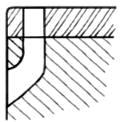
This anvil has a relatively large 3/4 - 1" (19 to 25 mm) side penetration hardy hole.
These are punched and chiseled through the top plate and exit out the side of the anvil.
The side opening is required so that scale and pieces of steel punched through the hole can fall out.
|
The two large eye bolts on the sides of the anvil are probably a user add-on.
They are more than heavy enough to lift or tie down the anvil.
The base also has loops (staples) on each corner near the bottom.
The difference between a "stake anvil" and a stake or bickern is that a stake anvil is a heavy use forging tool while
stakes and bickerns are designed for light work and sheet metal work.
There is no clear distinction between the two, however the Spanish call the light bickern a bigorneta (diminutive of bigornia - anvil).
I would but the dividing point at 100 pounds (45 kg).
The Spanish anvil above probably weighed about 200 pounds (90 kg) and the European anvil 250 to 350 pounds (112 to 260 kg) or more.
Both are carefully fitted to reinforced stands with anchor points to tie them down for transportation.
The great advantage to the three anvils on this page is the long significant mass directly under the face of the anvil.
This gives them a much greater forging efficiency for their weight than most anvils.

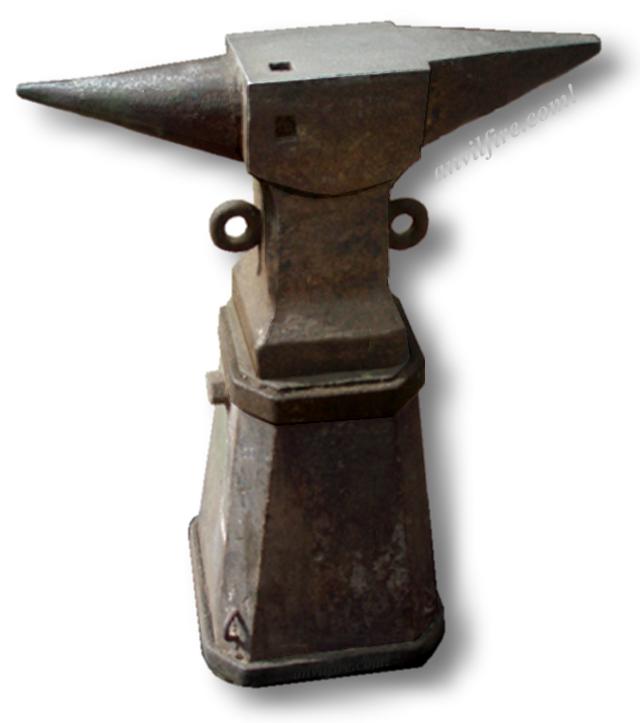


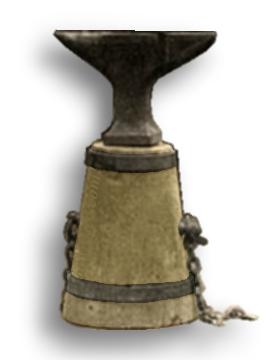
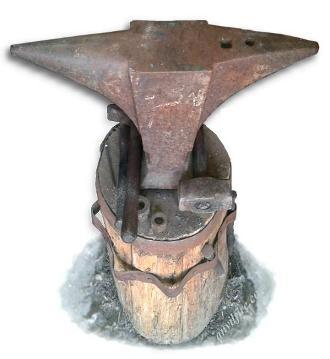
_tn.jpg)
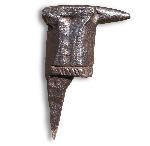

städ, incus, aambeeld, batente, наковальня, наковалня